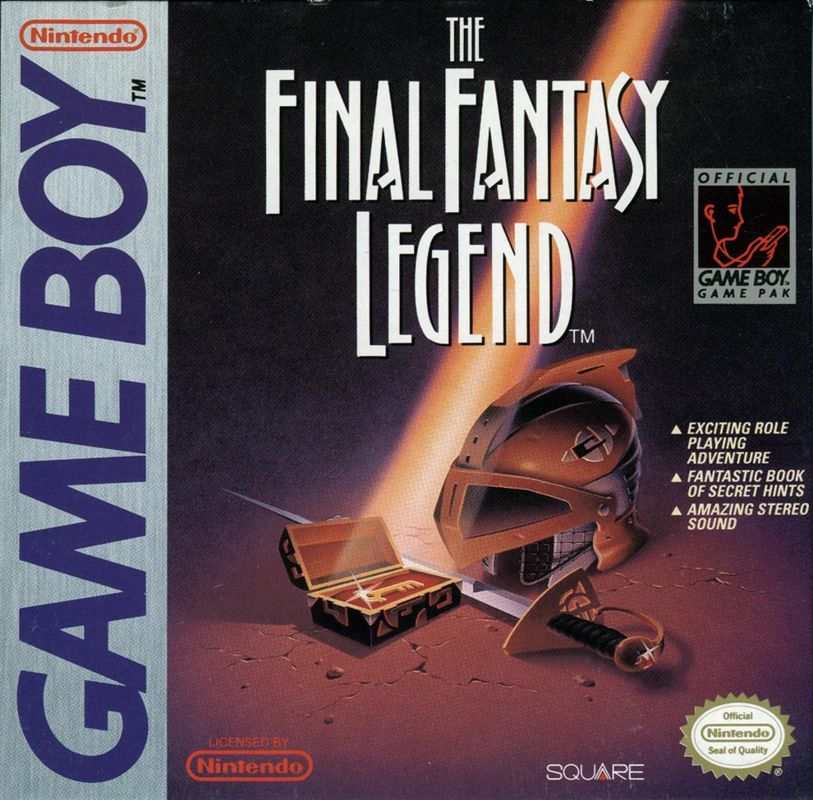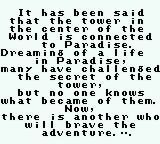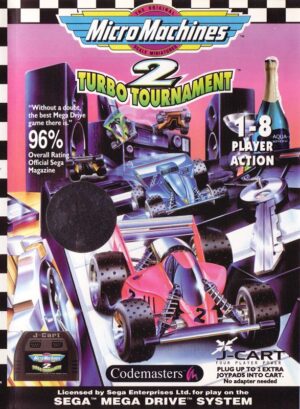Retro Replay Review
Gameplay
The Final Fantasy Legend on the Game Boy presents a classic turn-based RPG system that remains engaging decades after its release. Players begin by selecting one of eight distinct character types—ranging from human male and female to more exotic choices like zombie, wererat, redbull (not the drink), clipper, or mutant male and female. Each race brings unique stats and growth patterns, ensuring that party composition feels meaningful from the very first encounter.
(HEY YOU!! We hope you enjoy! We try not to run ads. So basically, this is a very expensive hobby running this site. Please consider joining us for updates, forums, and more. Network w/ us to make some cash or friends while retro gaming, and you can win some free retro games for posting. Okay, carry on 👍)
Combat unfolds through random battles encountered on the overworld and within dungeons. Every character has a limited pool of moves per battle, forcing players to plan their strategies carefully. Deciding when to unleash powerful special techniques or conserve stamina for longer fights adds an extra layer of tactical depth uncommon in other portable titles of its era.
Progression hinges on experience points earned by defeating a wide array of monsters. Leveling up increases core attributes—stamina, strength, agility, and more—while certain races can evolve into new forms when specific conditions are met. This evolution mechanic encourages experimentation and replayability, as players will often retry the game to see how different party lineups shape their journey.
Outside of combat, party management and exploration are streamlined yet satisfying. Towns offer simple shops and inns, while five pyramids scattered across the game world present increasingly complex challenges. The balance between shopping for upgrades, resting to recover health, and plunging back into the fray keeps the pacing brisk and the stakes high.
Graphics
Given the limits of the original Game Boy hardware, The Final Fantasy Legend leverages a four-shade grayscale palette to impressive effect. Character sprites are crisply defined, and each of the eight races features distinctive visual traits that make them easy to differentiate on screen. Despite the monochrome presentation, the game world feels diverse thanks to clever use of shading and tile variations.
Dungeon environments—primarily the titular pyramids—manage to convey a sense of depth and foreboding through simple repeating patterns and moody corridors. Subtle changes in floor tiles and wall designs serve to remind players that they’re gradually descending deeper into danger, even without color or advanced graphical effects.
Menus and interface elements are cleanly laid out, with item icons and status screens easy to read. The battle interface, in particular, strikes a fine balance between functionality and aesthetic appeal: statistics, move lists, and party portraits are all presented without clutter, allowing players to focus on tactical decisions rather than deciphering small text.
While The Final Fantasy Legend’s graphics won’t rival modern handheld titles, its art direction has aged remarkably well. The powerful simplicity of its visuals channels the best of early RPG design, proving that evocative world-building relies more on imagination than on raw technical horsepower.
Story
The narrative framework of The Final Fantasy Legend is deceptively straightforward: gather a party, delve into perilous pyramids, and grow stronger by defeating monsters. However, this simplicity belies a sense of mystery that unfolds as players explore each pyramid’s depths and uncover fragments of the game’s lore.
Rather than an epic saga with complex character arcs, the story here is about exploration and adaptability. Every pyramid represents a new region of a shattered world, and each offers distinct foes and environmental hazards. This approach keeps the storyline moving forward, as players are constantly driven by curiosity about what lies ahead.
Character backstories are minimal, but the choice of races subtly implies motivations and histories. A zombie’s struggle to regain humanity, a wererat’s balance between beast and person, or a mutant’s quest for acceptance—all of these silent narratives enrich the game without lengthy cutscenes or dialogue. It’s a lean storytelling style that champions player interpretation.
Though light on dramatic twists, The Final Fantasy Legend’s story is effective in establishing an adventurous tone. By focusing on gameplay-driven progression and letting the environment tell its own tale, the game sparks a sense of wonder and keeps players invested in the next pyramid challenge.
Overall Experience
The Final Fantasy Legend stands as a testament to the enduring appeal of portable RPGs. With its inventive character classes, strategic combat limitations, and an overarching goal of conquering five treacherous pyramids, the game offers dozens of hours of engaging play. Fans of classic RPG mechanics will find much to appreciate in its careful balance of challenge and reward.
Its minimalist approach to story and graphics may feel quaint by today’s standards, but the core experience remains highly satisfying. The satisfaction of evolving a party member into a new form, discovering hidden items in dungeon corners, or finally defeating a powerful pyramid boss creates a series of memorable moments that stick with players long after the final credits roll.
Replay value is baked into the design. Experimenting with different race combinations or pursuing alternate evolution paths adds new dimensions to subsequent playthroughs. Even if you’ve completed the game once, there’s plenty of incentive to embark on another adventure with a fresh party lineup.
In summary, The Final Fantasy Legend delivers a robust RPG experience on a humble platform. Its engaging gameplay systems, effective use of simple graphics, and exploratory storyline combine to form a classic title that still resonates with enthusiasts of retro gaming and portable adventures alike.
 Retro Replay Retro Replay gaming reviews, news, emulation, geek stuff and more!
Retro Replay Retro Replay gaming reviews, news, emulation, geek stuff and more!









Reviews
There are no reviews yet.